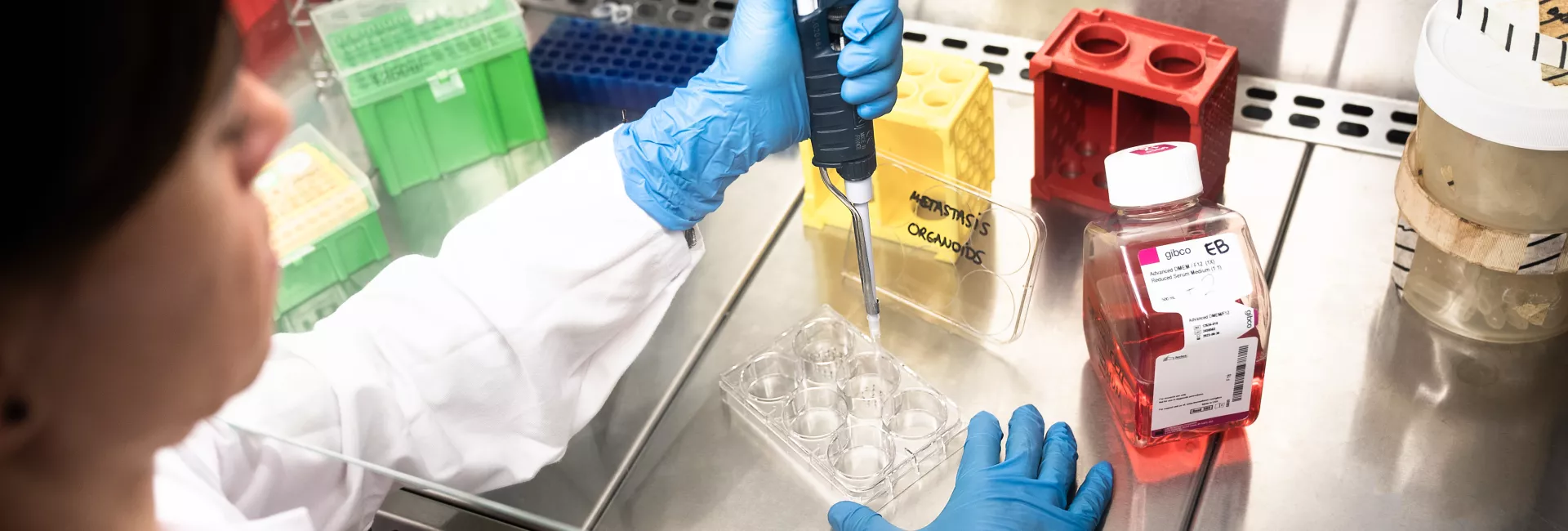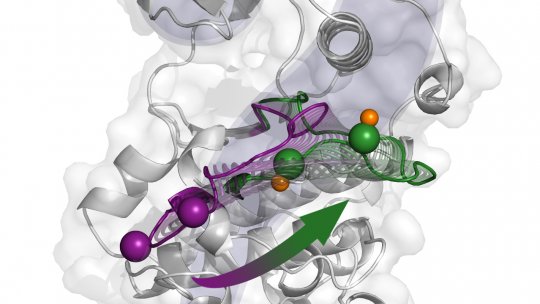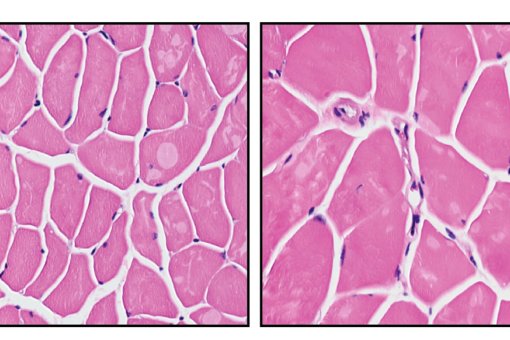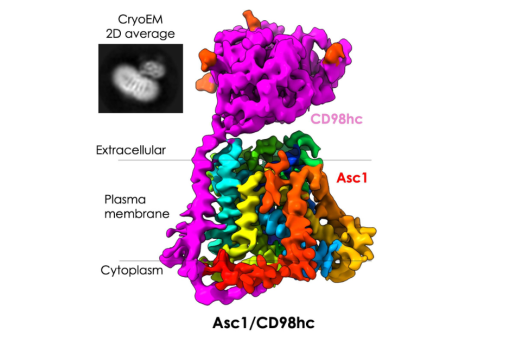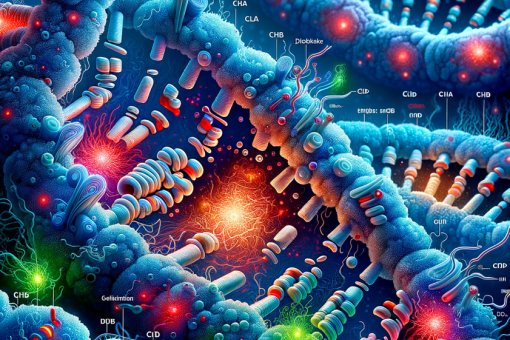Images
Participants



Contact

p38α is a protein involved in chronic inflammatory diseases and cancer, among other pathological conditions.
Published in the journal eLife, the study provides a deeper understanding of the structure of this protein, thereby paving the way for the development of more effective inhibitors.
These findings are the result of combining fundamental biological data using computational techniques.
The protein p38α is a member of a family of molecules that transmit outside signals throughout the cell, thus allowing for an appropriate cell response, such as proliferation, differentiation, senescence, or death. Moreover, the participation of p38α in pathological conditions, like chronic inflammatory diseases and cancer, makes it a promising pharmacological target. In this regard, a complete picture of the activation mechanism of this protein is essential in order to design specific inhibitors that do not affect other processes.
The journal eLife has published a study on p38α by Antonija Kuzmanic, an EU Marie Curie COFUND fellow who is undertaking postdoctoral training simultaneously in two IRB Barcelona labs — the Molecular Modelling and Bioinformatics Laboratory and the Signalling and Cell Cycle Laboratory. Collaborative research between the lab headed by Modesto Orozco and that led by Angel R. Nebreda, the latter an international authority on p38α, has provided an integrative picture of the p38α activation mechanism and new insights into the molecular effects of various molecules that regulate the enzymatic activity of the protein.
Using computational techniques, researchers have deciphered the key elements of the complex molecular mechanism underlying p38α activity. This study describes the protein activation mechanism in unprecedented detail and reconciles the apparent contradictory results reported in previous structural studies. “Considering the importance of p38α for pathological processes, we hope the knowledge obtained in this study will help to target the protein with more specificity,” stresses Antonija Kuzmanic, first author of the study.
Identifying new inhibitors
p38α has already been targeted for inflammatory diseases and some types of cancer; however, none of the drugs have yet made it to the market. “Our study reveals novel conformations of the protein, which could be used as a starting point in virtual screening studies aimed at uncovering new inhibitors,” explains Kuzmanic. And she adds, “We were also able to highlight important electrostatic interactions, which may allow us to explore alternative activation pathways with increased specificity”.
A computational biology approach
“We used only computational techniques. Mainly, we employed numerous molecular dynamics simulations combined with an advanced sampling technique called metadynamics,” explains Kuzmanic. This combination has an advantage over standard molecular dynamics simulations, as it allows researchers to observe large conformational changes in a reasonable amount of computational time. She goes on to say, “we are able to add statistical significance to the conformations we observed in our simulations”.
This study has received funding from the Seventh Framework Programme, the Engineering and Physical Sciences Research Council, the European Research Council, Horizon 2020, and the MINECO (Spanish Ministry of Economy, Industry and Competitiveness).
Reference article:
Antonija Kuzmanic, Ludovico Sutto, Giorgio Saladino, Angel R. Nebreda, Francesco L. Gervasio and Modesto Orozco.
Changes in the free-energy landscape of p38α MAP kinase through its canonical activation and binding events as studied by enhanced molecular dynamics simulations
eLife (2017) DOI: 10.7554/eLife.22175
About IRB Barcelona
Created in 2005 by the Generalitat de Catalunya (Government of Catalonia) and University of Barcelona, IRB Barcelona is a Severo Ochoa Centre of Excellence, a seal that was awarded in 2011. The institute is devoted to conducting research of excellence in biomedicine and to transferring results to clinical practice, thus improving people’s quality of life, while simultaneously promoting the training of outstanding researchers, technology transfer, and public communication of science. Its 24 laboratories and seven core facilities address basic questions in biology and are orientated to diseases such as cancer, metastasis, Alzheimer’s, diabetes, and rare conditions. IRB Barcelona is an international centre that hosts more than 400 employees and 36 nationalities. It is located in the Barcelona Science Park. IRB Barcelona forms part of the Barcelona Institute of Science and Technology (BIST) and the “Xarxa de Centres de Recerca de Catalunya” (CERCA).
About IRB Barcelona
The Institute for Research in Biomedicine (IRB Barcelona) pursues a society free of disease. To this end, it conducts multidisciplinary research of excellence to cure cancer and other diseases linked to ageing. It establishes technology transfer agreements with the pharmaceutical industry and major hospitals to bring research results closer to society, and organises a range of science outreach activities to engage the public in an open dialogue. IRB Barcelona is an international centre that hosts 400 researchers and more than 30 nationalities. Recognised as a Severo Ochoa Centre of Excellence since 2011, IRB Barcelona is a CERCA centre and member of the Barcelona Institute of Science and Technology (BIST).
